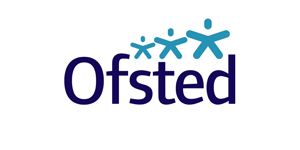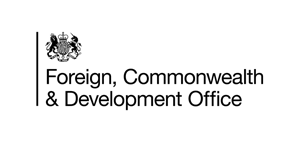7 Key Domains of Wellbeing

Source: CIPD UK
We’ve identified seven inter-related ‘domains’ of employee wellbeing, guided by the principle that an effective employee wellbeing strategy needs to go far beyond a series of standalone initiatives.
There’s no ‘one-size-fits-all’ approach to designing a health and wellbeing strategy; its content should be based on the unique needs and characteristics of the organisation and its workforce.
The underlying elements include examples of workplace initiatives and activities to support people’s health and wellbeing.
1. Health
- Physical health – Health promotion, good rehabilitation practices, health checks, wellbeing benefits, health insurance protection, managing disability, occupational health support, employee assistance programme.
- Physical safety – Safe working practices, safe equipment, personal safety training.
- Mental health – Stress management, risk assessments, conflict resolution training, training line managers to have difficult conversations, managing mental ill health, occupational health support, employee assistance programme.
2. Good work
- Working environment – Ergonomically designed working areas, open and inclusive culture.
- Good line management – Effective people management policies, training for line managers, sickness absence management.
- Work demands – Job design, job roles, job quality, workload, working hours, job satisfaction, work-life balance.
- Autonomy – Control, innovation, whistleblowing.
- Change management – Communication, involvement, leadership.
- Pay and reward – Fair and transparent remuneration practices, non-financial recognition.
3. Values/Principles
- Leadership – Values-based leadership, clear mission and objectives, health and wellbeing strategy, corporate governance, building trust.
- Ethical standards – Dignity at work, corporate social responsibility, community investment, volunteering.
- Diversity – Diversity and inclusion, valuing difference, cultural engagement, training for employees and managers.
4. Collective/Social
- Employee voice – Communication, consultation, genuine dialogue, involvement in decision making.
- Positive relationships – Management style, teamworking, healthy relationships with peers and managers, dignity and respect.
5. Personal growth
- Career development – Mentoring, coaching, performance management, performance development plans, skills utilisation, succession planning.
- Emotional – Positive relationships, personal resilience training, financial wellbeing.
- Lifelong learning – Performance development plans, access to training, mid-career review, technical and vocational learning, challenging work.
- Creativity – Open and collaborative culture, innovation workshops.
6. Good lifestyle choices
- Physical activity – Walking clubs, lunchtime yoga, charity walks.
- Healthy eating – Recipe clubs, healthy menu choices in the canteen.
7. Financial wellbeing
- Fair pay and benefit policies – Pay rates above the statutory National Minimum/Living Wage, flexible benefits scheme.
- Retirement planning – Phased retirement such as a three- or four-day week, pre-retirement courses for people approaching retirement.
- Employee financial support– Employee assistance programme offering debt counselling, signposting to external sources of free advice (for example, Citizens Advice), access to independent financial advisers.
Click here to access the full factsheet: https://www.cipd.co.uk/knowledge/culture/well-being/factsheet#19505






